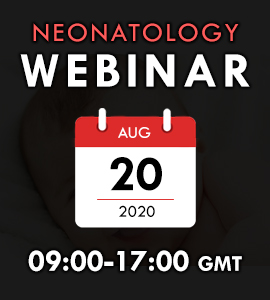Velur Balasubramaniam
Royal Derby Hospital, UK
Title: Maternal local anaesthetic use may cause neonatal methaemoglbulinaemia: A case series
Biography
Biography: Velur Balasubramaniam
Abstract
Methaemoglobinaemia occurs when methaemoglobin concentration in erythrocytes exceeds 1%. Acquired methaemoglobinaemia is more common than congenital and can occur after exposure to certain oxidant drugs.
In our hospital, over an 8 year period (2009-2017), of 48000 births, 8 infants presented with methaemoglobinaemia. These included 6 cases of acquired methaemoglobinaemia. Infants presented with duskiness, low oxygen saturations (74-90%) but normal/high arterial partial pressure of oxygen (9.2-18.7 kPa). They had normal glucose-6-phoshphate dehydrogenase (checked in 4 infants) and normal echocardiograms. One infant, born at term gestation, developed nectrotising enterocolitis needing surgical intervention. Five infants received and responded to methylene blue treatment.
In five infants, case review revealed that local prilocaine injection was given to the mother during labour for episiotomy. Prilocaine can induce methaemoglobinaemia. The incidence of neonatal methaemoglobinaemia after prilocine for episiotomy is estimated to be 0.37% (1).
The use of local anaethetic for episiotomy was reviewed and prilocaine was replaced by lignocaine in 2017. No further cases of methemoglobinemia have been reported since.
This high incidence (0.17 per 1000 births) of acquired methaemoglobinaemia may have been related to Prilocaine exposure. Acute acquired methaemoglobinaemia is an emergency and should be considered if cyanosis occurs with normal arterial oxygenation. Treatment with methylene blue is recommended if methemoglobin level is >20%. An extraordinary increase in incidence of rare conditions should trigger an overarching review of clinical practice. As in this report, root cause can be detected and change in clinical practice implemented to prevent further cases.

